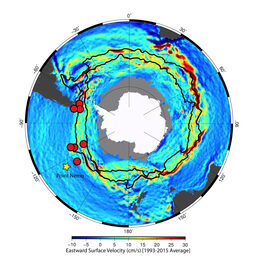
The research team of 40 scientists used the Joides Resolution research vessel and they took sediment cores from seven locations in remote parts of the Southern ocean. The cores were 150 to 200 metres deep, and the record goes back about 5.3 million years. The core samples were examined carefully and showed that with a strong ocean current there were more large items of debris deposited and in a slow current smaller pieces were found as they could settle in the slower water speed. In this way they could correlate with other data such as the Andril project that collected 1250 metres of sediment cores with records that went back went back 20 million years. The Andril project was looking to see when the ice repeatedly disappeared from the Ross ice shelf which is all part of the same scenario.
The Southern Ocean is the biggest atmospheric and ocean system on the planet and yet, because of its remoteness and extreme conditions relatively little is known about it, so that if we are to get a proper handle on climate change, we need to understand the mechanism of the ocean and its relationship with Antarctica.
The Antarctica Circumpolar Current (ACC) travels uninterrupted around the world, from West to East (Left to right looking at it from the South pole using Google Earth) , driven by the powerful winds that blow constantly and the current reaches right to the bottom of the ocean. This is a massive current of water as it is mostly 3000 kilometres wide and 3 to 4 kilometres deep and moving at 4 kilometres an hour making it the biggest driver of the global conveyor.
The wind driving the current has increased by 40% over the last 40 years but so far this has not resulted in an increase in speed of the ocean current as it takes a lot to move such a vast body of water, but it has increased swirls and eddies.
What the research shows is that as the planet warms, the speed of the Antarctic Circumpolar Current speeds up and as it cools the ACC slows down. When combined with other research, speeding up of the current coincides with the loss of the Antarctic ice shelves, which are melted from below by warm water being brought up from the deep by the increased wind and currents.
Looking at Antarctica on Google Earth it is apparent that the Weddel Sea ice shelf is protected by being downstream of the West Antacrtica peninsular, while the Ross ice shelf is more exposed and will suffer melting sooner, which is exactly what is happening.

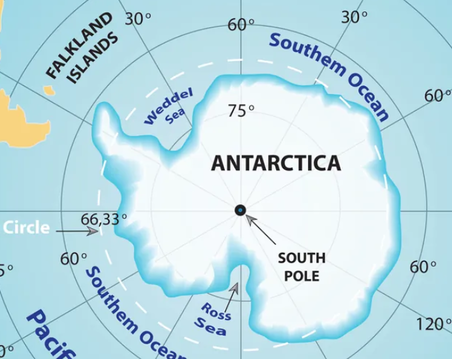
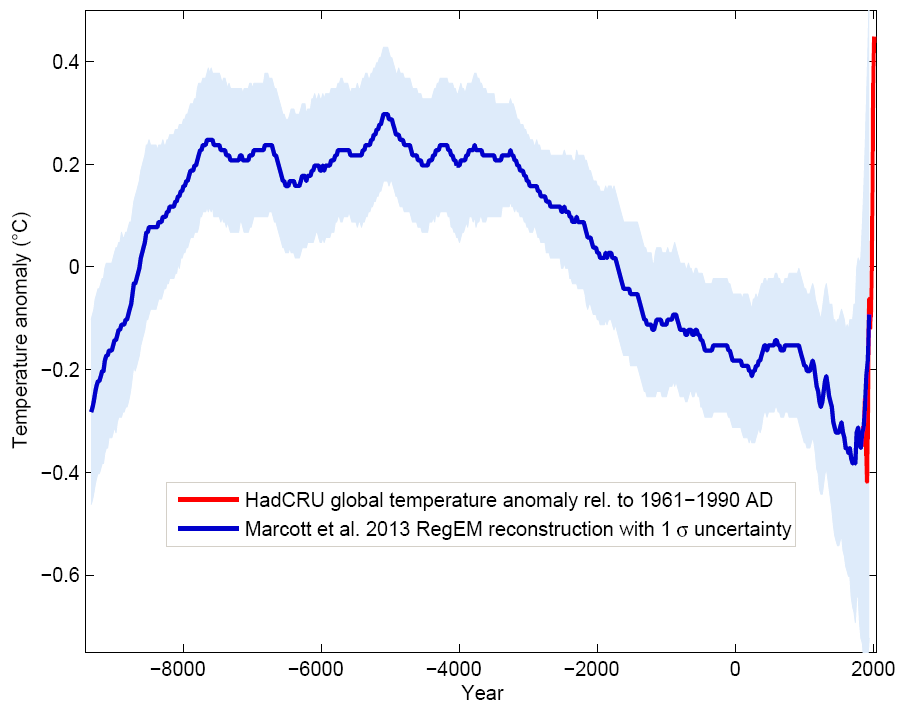
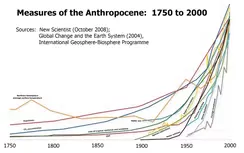
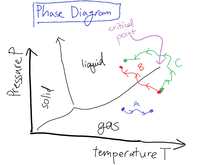
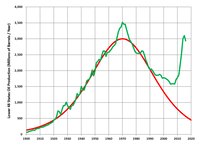
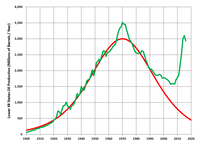

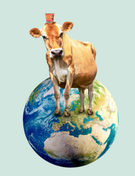
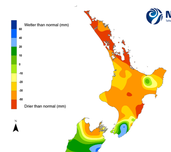
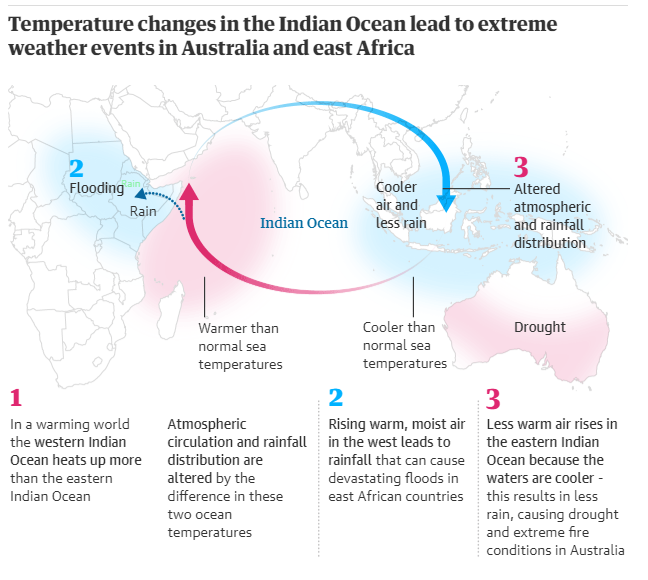

 RSS Feed
RSS Feed